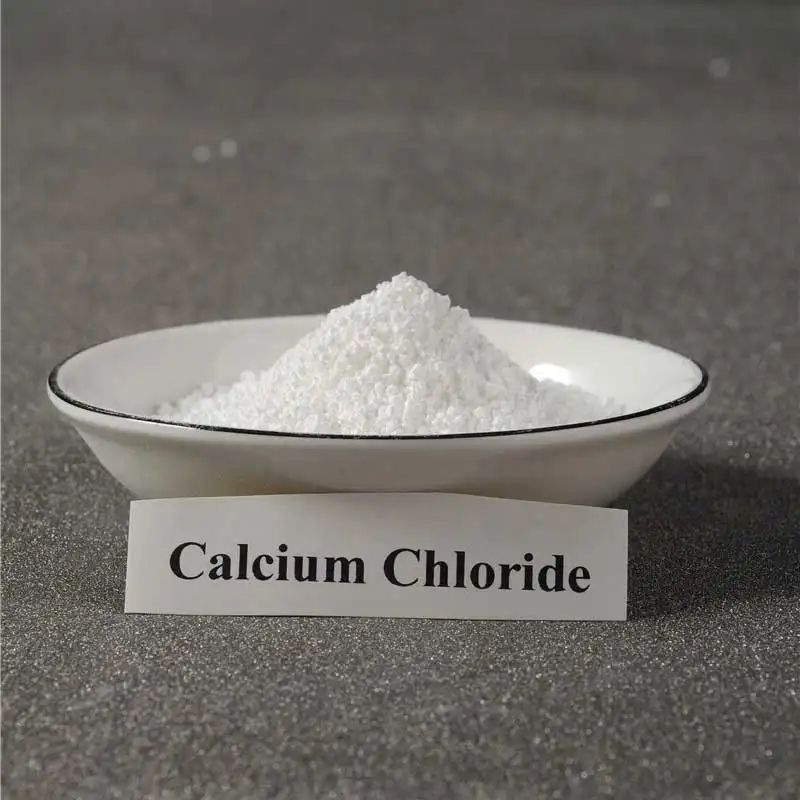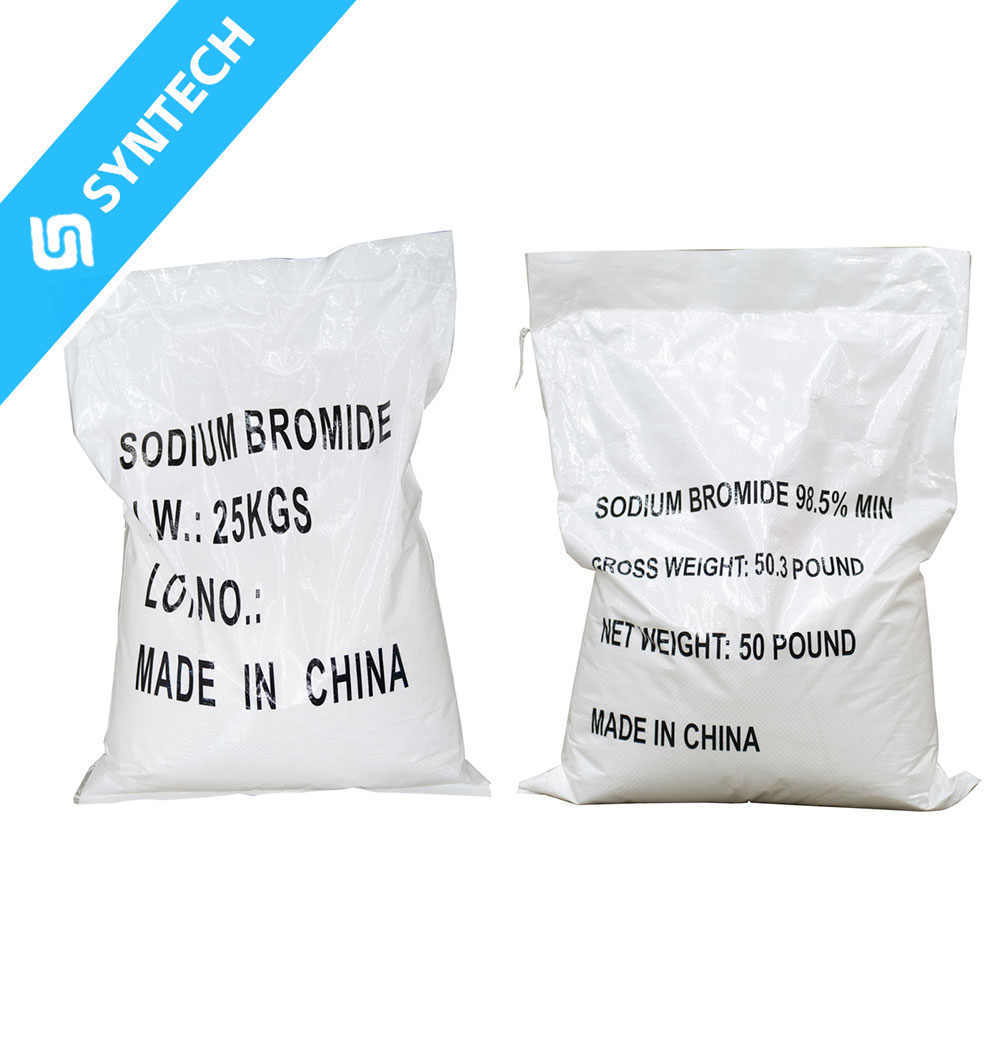Properties and Applications of Sodium Bromide (NaBr)
1. Chemical Properties
- Chemical Formula: NaBr
- Molar Mass: 102.89 g/mol
- Appearance: White, crystalline powder or granules
- Solubility: Highly soluble in water (≈ 90 g/100 mL at 25°C), slightly soluble in alcohol
- Melting Point: 747°C
- Boiling Point: 1,390°C
- pH: Neutral (~7 in aqueous solution)
- Hygroscopicity: Absorbs moisture from air (less than NaCl)
2. Key Applications
A. Oil & Gas Industry
- Drilling Fluids: Used as a dense brine additive in completion fluids to control well pressure.
- Workover Fluids: Prevents formation damage in high-pressure wells.
B. Pharmaceuticals
- Sedative & Anticonvulsant: Historically used in medicine (now largely replaced by safer drugs).
- Disinfectant & Antiseptic: Mild antibacterial properties, sometimes used in eye drops.
C. Photography
- Silver Bromide (AgBr) Production: Essential for traditional black-and-white photographic film and papers.
D. Chemical Synthesis
- Bromine Source: Used in organic synthesis to produce alkyl bromides and other brominated compounds.
- Catalyst: In some oxidation and substitution reactions.
E. Water Treatment
- Disinfection: Generates bromine (Br₂) for swimming pools and cooling towers (alternative to chlorine).
- Biocide: Controls algae and bacteria in industrial water systems.
F. Laboratory Uses
- Reagent: Used in chemical analysis and as a bromide ion (Br⁻) source.
G. Other Applications
- Fire Retardants: Part of some flame-retardant formulations.
- Veterinary Medicine: Used in animal sedation (limited use today).
3. Safety & Handling
- Toxicity: Low to moderate; excessive intake can cause bromism (neurological effects).
- Storage: Keep in a dry, cool place (hygroscopic).
- Environmental Impact: Bromide ions can form brominated disinfection byproducts (DBPs) in water.






